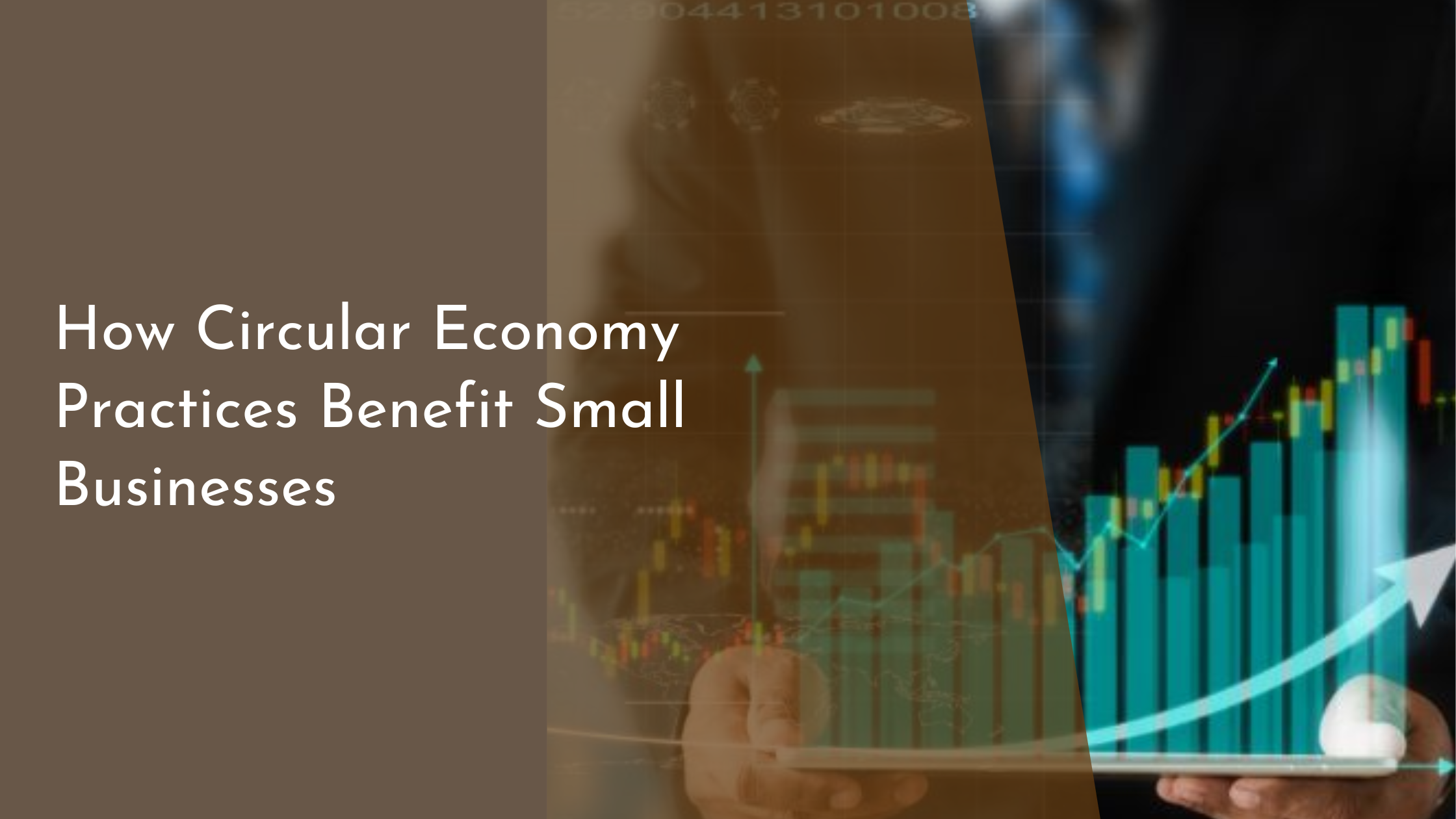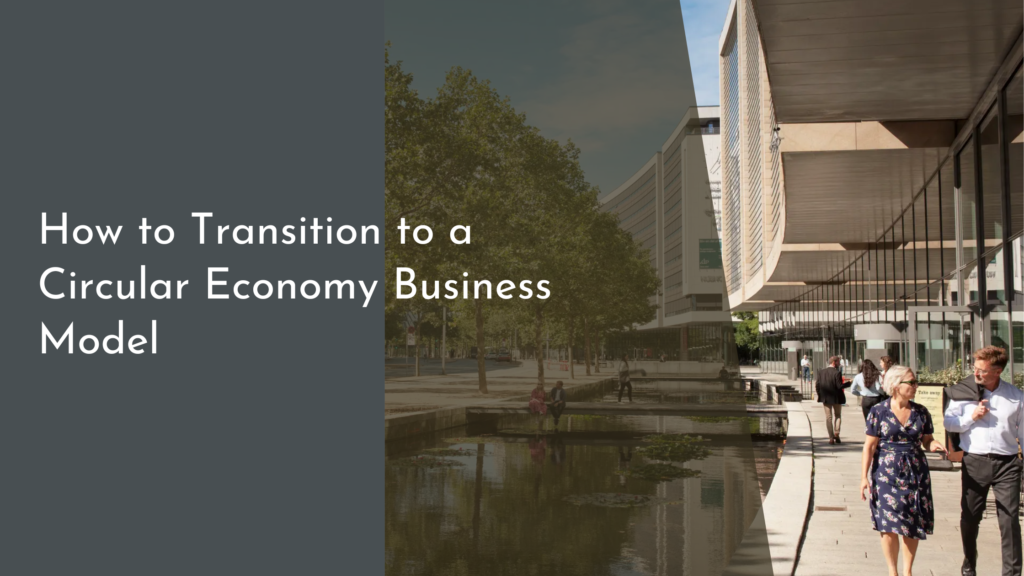How Circular Economy Practices Benefit Small Businesses
In an era where sustainability is becoming increasingly crucial, small businesses are discovering the numerous advantages of adopting circular economy practices. The circular economy model, unlike the traditional linear model of “take, make, dispose,” aims to redefine growth by focusing on positive society-wide benefits. This article explores the fundamentals of the circular economy, unveils its key principles, and describes how small businesses can implement circular strategies to reap substantial benefits. Through real-life success stories, we’ll see how small businesses are thriving by embracing this forward-thinking approach, ultimately promising a bright and sustainable future.
Understanding the Circular Economy Model
The circular economy model is a systemic approach to economic development designed to benefit businesses, society, and the environment. Unlike the traditional linear economy, which is based on a take-make-dispose approach, the circular model is regenerative by design and aims to gradually decouple growth from the consumption of finite resources. By maintaining the value of products, materials, and resources in the economy for as long as possible, the circular economy seeks to minimize waste and reduce the environmental footprint.
This model operates on the idea of closed-loop systems where waste is designed out of the system, and everything is reused, repaired, or recycled back into the production process. For small businesses, the adoption of the circular economy model means not only enhancing sustainability but also creating economic opportunities through innovation and efficient resource management. By understanding and implementing these practices, small businesses can play a significant role in fostering a more sustainable future while gaining a competitive advantage in their respective industries.
Key Principles of Circular Economy Practices
The circular economy is built on several key principles that guide businesses toward sustainable practices. One of these principles is “Design Out Waste and Pollution.” By rethinking how products are designed, businesses can eliminate waste from the outset. This involves selecting sustainable materials, designing for disassembly and durability, and considering the entire lifecycle of a product. For small businesses, this means creating products that are not only environmentally friendly but also cost-effective in the long run.
Another core principle is “Keep Products and Materials in Use.” This involves extending the lifecycle of products through maintenance, repair, reuse, refurbishment, and recycling. By adopting this principle, small businesses can maximize resource efficiency and reduce costs associated with the production of new materials. Additionally, businesses can explore innovative business models such as leasing, sharing, or product-as-a-service, which can open new revenue streams and strengthen customer loyalty by emphasizing value over ownership.
Implementing Circular Strategies in Small Businesses
Small businesses can begin implementing circular strategies by conducting an audit of their current operations to identify areas where waste is generated and resources are underutilized. This audit can serve as a baseline to develop a circular economy action plan tailored to the business’s unique needs and goals. By setting clear objectives and metrics, small businesses can track their progress and adjust strategies as needed to optimize resource utilization and minimize waste.
Collaboration and community engagement are also vital components of a successful circular strategy. Small businesses can partner with other local businesses, suppliers, and customers to create a network that supports circular practices. For instance, sharing resources, exchanging materials, or co-developing sustainable solutions can amplify the positive impacts of circular economy efforts. Engaging with the community not only enhances brand reputation but also fosters a sense of collective responsibility toward sustainability.
Real-Life Success Stories and Benefits
Numerous small businesses worldwide have successfully integrated circular economy practices into their operations, yielding impressive results. For example, a small fashion brand might focus on creating garments from recycled materials and offering a take-back program where customers can return used clothing for recycling or repurposing. This approach not only reduces textile waste but also strengthens customer relationships by involving them in the brand’s sustainability journey.
Another inspiring example is a small electronics company that implements a repair and refurbishment service for its products. By offering affordable repair options and encouraging product longevity, the company not only saves resources and reduces electronic waste but also builds customer trust and loyalty. These real-life success stories demonstrate that circular economy practices can lead to cost savings, new business opportunities, and a positive impact on both the environment and society.
Embracing circular economy practices offers small businesses a pathway to sustainable growth and resilience in a rapidly changing world. As these businesses adopt strategies that emphasize reuse, recycling, and resource efficiency, they not only contribute to environmental conservation but also unlock new economic opportunities and enhance their brand reputation. By learning from successful examples and implementing tailored circular strategies, small businesses can position themselves at the forefront of sustainability and innovation. The future is bright for those willing to embark on this transformative journey, paving the way for a more sustainable and prosperous business landscape.


